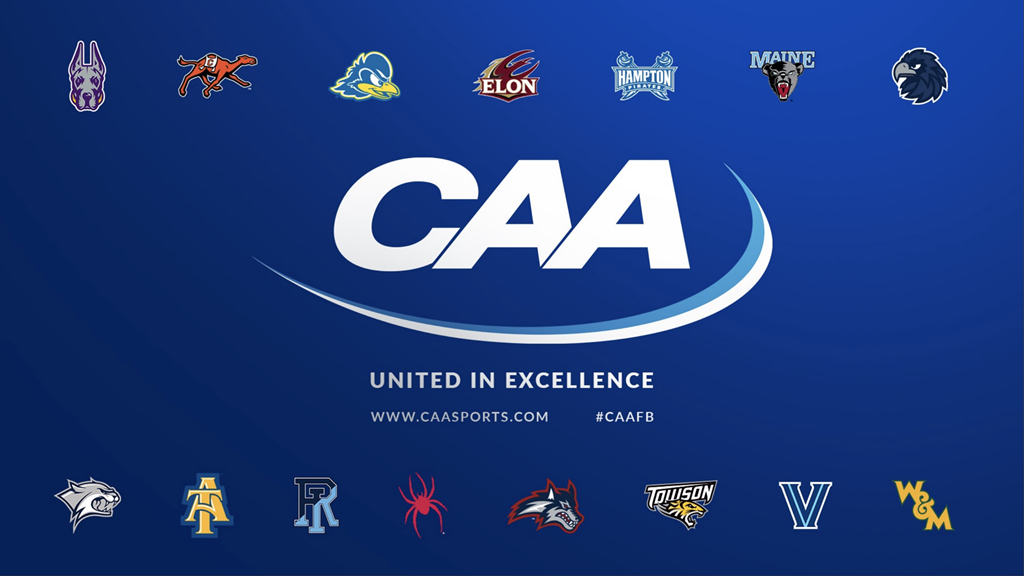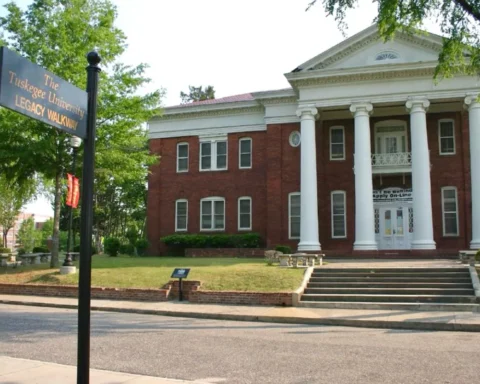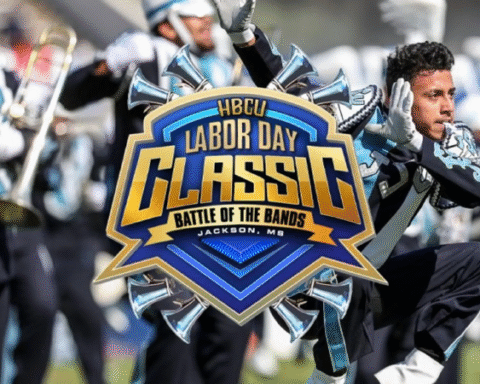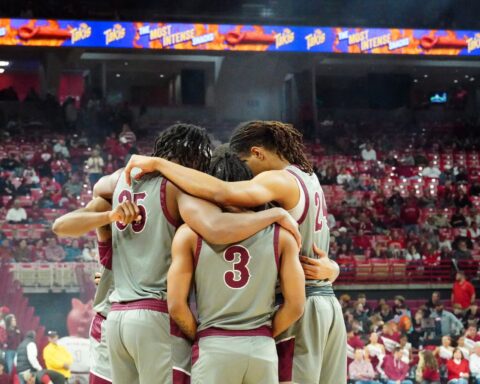With Villanova — the third founding CAA football program in two years — announcing it will depart after the 2025 season to join the Patriot League as a football?only associate member in 2026, the Coastal Athletic Association faces another significant shake-up. The league’s football membership will shrink from 16 to just 12 teams, following the recent exits of Richmond, William & Mary, and Delaware (moving up to FBS). Amidst this conference upheaval, HBCU institutions Hampton and North Carolina A&T now face mounting uncertainty about their athletic competitiveness and academic positioning in the rapidly shifting CAA conference landscape.
When Hampton University and North Carolina A&T left the MEAC for the Coastal Athletic Association (CAA), it was presented as a significant realignment opportunity for HBCU athletics. The move promised more exposure, stronger competition, and academic alignment. But with multiple CAA schools departing, the question HBCU fans are asking: Did the move deliver?
CAA Exodus: Who’s Gone and Why It Matters
Since 2020, five key CAA football programs have left or announced plans to leave:
That leaves a restructured and arguably weakened CAA, especially for football. For HBCU additions like Hampton and NC A&T, the competitive landscape and cultural relevance of the conference are now in question more than ever.
HBCU Culture Meets Predominantly White Institution Conference
When the Aggies and Pirates joined the CAA, they carried with them the heart of HBCU football—the drumlines, community-centered tailgates, vibrant student sections, and deeply rooted rivalries. These elements are core to the HBCU game day experience, where cultural celebration meets athletic competition. The CAA, a conference consisting of predominantly white institutions (PWIs), offered little in terms of that unique ambiance. As a result, many fans have struggled to connect with the new conference environment.
For example, Hampton has seen a decline in home game attendance, averaging just over 4,000 fans. Meanwhile, NC A&T drew 23,016 fans for its 2024 Homecoming game against Hampton—an impressive turnout that underscores how deeply HBCU traditions still resonate. However, without traditional rivals and familiar pageantry week after week, the experience feels less electric. As one NC A&T alum told HBCU Gameday in 2023, “I feel like the culture has slipped away…when it comes to the football family.”
This cultural disconnect has fueled ongoing debates about whether the benefits of CAA membership outweigh the intangibles lost.
Dominance in the MEAC
Before joining the Coastal Athletic Association, both Hampton and North Carolina A&T were dominant HBCU programs in the MEAC:
These programs helped define HBCU athletics on and off the field. Their departures left a major gap in not only MEAC competition but the overall landscape of HBCU football, especially in the Celebration Bowl, the official HBCU National Championship Game.
Academics
North Carolina A&T’s move aligned with its goal of becoming an R1 research institution. In a statement to HBCU Gameday in 2022, Athletic Director Earl Hilton said, “The CAA is consistent with our academic and athletic aspirations. The (then-maned) Colonial already has four institutions of R1 status, and we’re moving in that direction.”
Hampton’s then-president, Dr. William R. Harvey, echoed this in January 2022 to 13News Now: “I have always been very interested in the concept of the student-athlete, which means a focus on academics and top athletics… This is a risk, but it’s not a gamble.”
However, with Delaware and James Madison exiting the CAA, only Stony Brook and Albany remain as R1 institutions, undercutting the academic synergy that helped justify the move.
Mixed Results
- Hampton ended the 2024 season 5-7, including a dominant Homecoming win over NC A&T.
- The Aggies struggled through a rebuilding year in football and are still adjusting to the stiffer competition in the CAA basketball conference.
Off the field, A&T’s track and field continues to excel nationally. Hampton’s Olympic sports, while competitive, have not replicated past dominance within the CAA structure.
CAA prestige hasn’t produced playoff berths or national rankings for either HBCU.
What’s Next?
The big question buzzing around the HBCU community. Could these HBCU programs return to the MEAC? Some fans and analysts are discussing a potential new HBCU superconference that would revive cultural traditions and regional rivalries. The Celebration Bowl, ESPN coverage, and renewed investment in HBCU sports elevate this possibility.
Still, any conference shift would require planning, media deals, and strategic coordination among institutions.
The Crossroads for HBCU Athletics
This isn’t just a discussion about football. It touches on identity, culture, and community. Hampton and NC A&T took a calculated step to grow their platforms. But as the CAA’s foundation shifts, the question is whether they are building a new legacy or turning away from what made HBCU sports great.
Should Hampton and NC A&T double down on the CAA, return to the MEAC, or help create a new HBCU movement?





